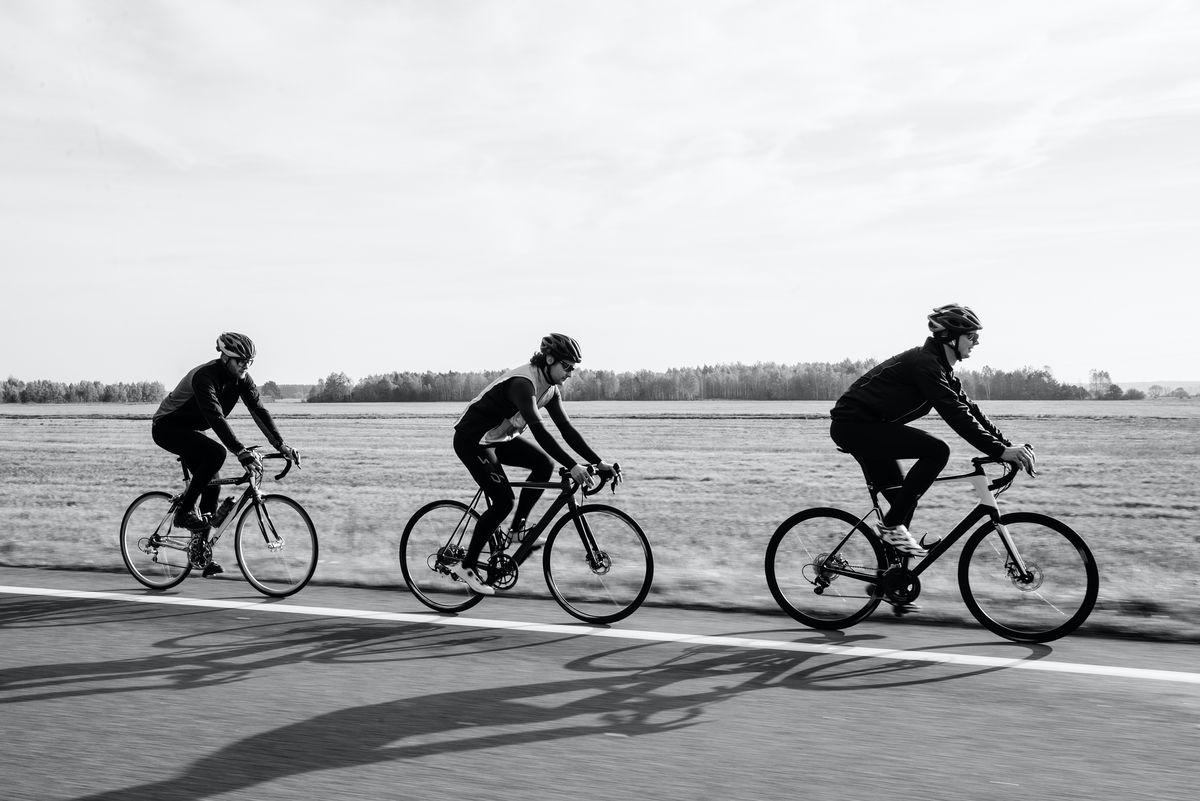Cycling - how do you fuel?

Cycling is a demanding sport that requires a combination of endurance, strength, and strategy. As we start our journey into winter, it's going to be an exciting time to be cycling. I plan to cycle long distances this fall and winter. There is nothing better than steady-state cardiovascular exercises, especially those performed over long durations.I plan to make the most of the good weather.
If you are among those who like to cycle, you might be interested in learning how to fuel your body and provide sufficient energy to sustain you through your long ride. The body primarily uses carbohydrates, proteins, and fats as sources of energy. The way these nutrients are metabolised plays a crucial role in determining a cyclist's performance.
Carbohydrates: The Primary Fuel Source
Carbohydrates are the body's preferred source of energy, especially during high-intensity activities like cycling. When consumed, carbohydrates are broken down into glucose, which is then used by muscles as fuel. Any excess glucose is stored in the liver and muscles as glycogen. During prolonged exercise, these glycogen stores become essential. As the body depletes its glycogen reserves, fatigue sets in, making it crucial for cyclists to consume carbohydrates before and during long rides. Research indicates that carbohydrate intake can enhance endurance performance and improve overall exercise capacity. Some people advocate carbohydrate loading—eating a little more carbs the day before you cycle long distances. Others disagree. Perhaps you are best suited to try both and observe how your body responds.
Proteins: Building and Repairing Muscles
While carbohydrates serve as the primary energy source, proteins play a vital role in muscle recovery and repair. Proteins are made up of amino acids, which are essential for muscle protein synthesis. After a long cycling event, the muscles experience wear and tear. Consuming protein helps repair these damaged muscle tissues and aids in muscle recovery. However, it's worth noting that the body doesn't use protein as a primary energy source during exercise. Instead, it's used post-exercise to aid in recovery. 2.
Fats: A Sustainable Energy Source
Fats serve as a significant energy reserve, especially during prolonged, low- to moderate-intensity exercises. When the body's carbohydrate stores are depleted, it begins to tap into fat reserves for energy. Fat metabolism involves breaking down fat molecules into glycerol and free fatty acids, which can then be used as energy. What this means in simple terms is that when you cycle long distances, once your body runs out of carbs, it will switch to your fat stores for fuel. The better adapted you are to burning fat, the longer you can cycle without feeling fatigue.
As the duration of the activity increases and its intensity decreases, the body starts to shift its reliance from carbohydrates to fats. This transition is essential for endurance activities, as the body has limited glycogen stores, which can be depleted within a couple of hours of continuous exercise. In contrast, even lean individuals have ample fat stores, which can provide energy for extended periods.
Several factors influence this metabolic shift:
- Glycogen Depletion: As glycogen stores in the muscles and liver are used up, the body increases its reliance on fat to sustain its energy needs.
- Exercise Intensity: At lower intensities, the body can efficiently utilise fat as a primary energy source. Contraintuitively, as the intensity increases, the reliance on carbohydrates also increases.
- Training Adaptations: Endurance-trained athletes have adapted to use fat more efficiently as an energy source, allowing them to conserve glycogen stores for longer durations.
- Dietary Habits: Individuals on low-carbohydrate or ketogenic diets may shift to fat metabolism more quickly as their bodies adapt to using fats due to limited carbohydrate availability.
Cycling long distances is an excellent way to build heart health and muscle, as well as a lean, strong body. No wonder so many people are now turning to cycling as a sport.





